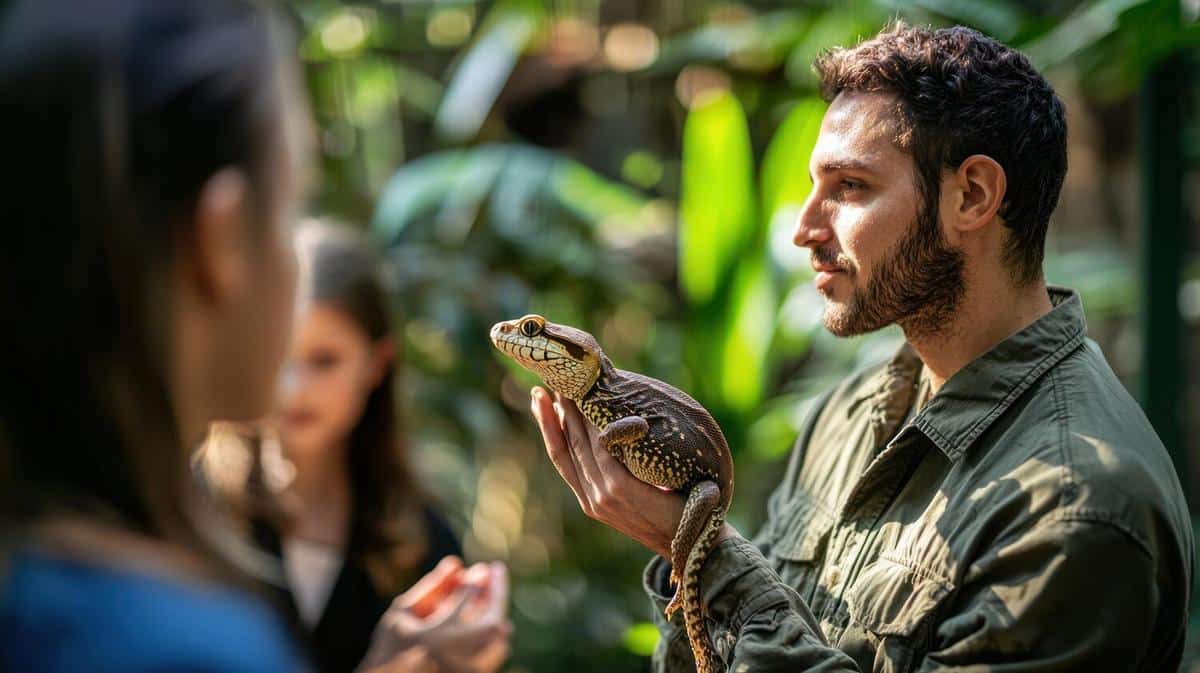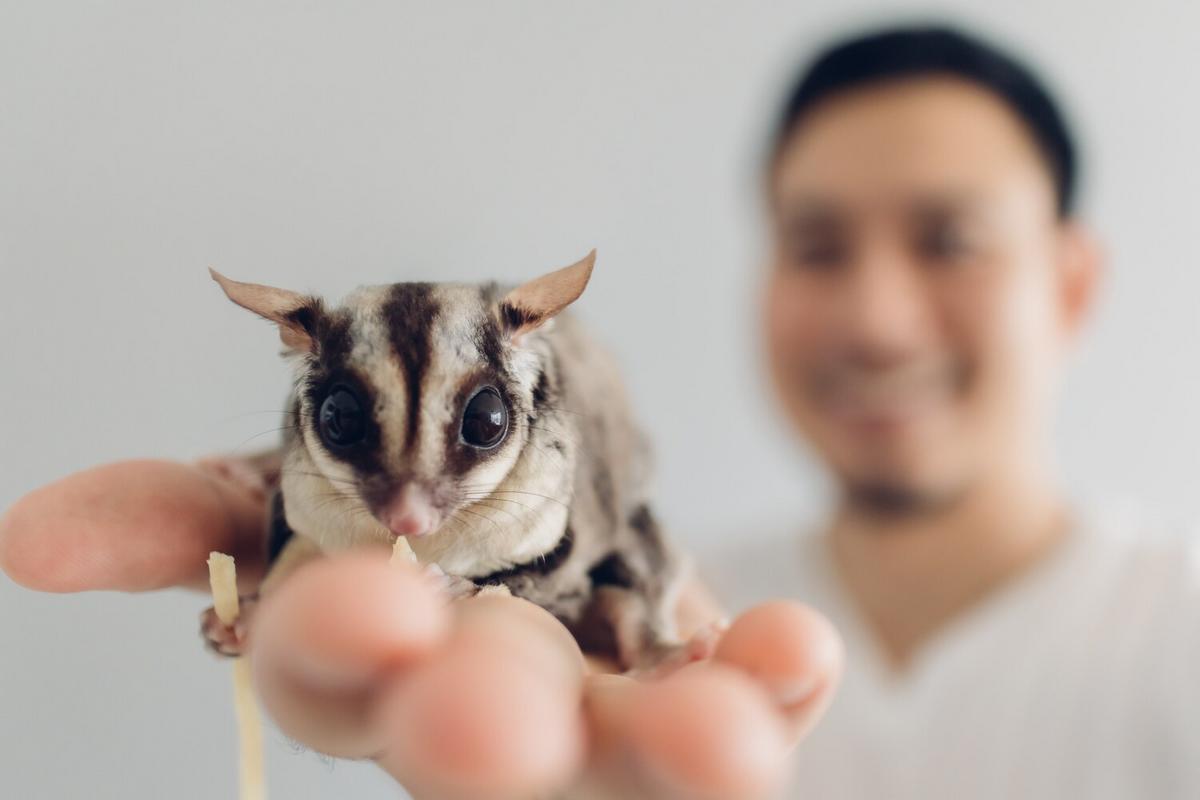
The Pros and Cons of Having a Pet Lizard
Considering an exotic pet? Lizard enthusiasts often find themselves captivated by these fascinating reptiles. Let’s delve into the pros and cons of welcoming a pet lizard into your home.
Understanding the Appeal of Pet Lizards
Lizards, with their unique characteristics and diverse species, offer a captivating pet experience. From bearded dragons to geckos, each type brings its own charm.
Pros of Having a Pet Lizard
- Low Maintenance: Lizards are generally low-maintenance pets compared to cats or dogs. They don’t require daily walks or constant attention.
- Space Efficiency: Most lizards can thrive in a reasonably sized tank, making them suitable for apartments or small spaces.
- Hypoallergenic: For those with allergies, lizards are an excellent alternative as they don’t shed fur or feathers.
- Educational Value: Observing a lizard’s behavior can provide educational insights into reptile biology and ecology.
- Unique Appearance: Their exotic appearance is a conversation starter and adds an unusual aesthetic to any home.
Cons of Having a Pet Lizard
- Temperature Requirements: Lizards need specific temperature and humidity levels, which require investment in heating and lighting equipment.
- Dietary Needs: Their diet often includes insects or specialized food, which can be challenging to source and manage.
- Handling Limitations: Unlike dogs and cats, many lizards do not enjoy being handled frequently, which may not suit everyone.
- Potential for Longevity: Some lizard species can live for over a decade, requiring a long-term commitment.
Expert Insights
Renowned herpetologist Mark Smith notes, “Lizards can be rewarding pets for those willing to invest in their specific care needs.” This highlights the importance of understanding their unique requirements.
Personal Experiences
Emily, a lizard owner, shares, “My bearded dragon, Rex, has been a delightful companion. The initial setup was an investment, but watching him thrive was worth it.” Her story reflects both the challenges and rewards of lizard ownership.
Essential Care Tips
| Aspect | Tip |
|---|---|
| Habitat | Ensure a secure tank with proper ventilation. |
| Temperature | Maintain a gradient to allow thermoregulation. |
| Diet | Provide a balanced diet with necessary supplements. |
| Hydration | Keep fresh water available at all times. |
| Health | Regular vet check-ups are essential. |
| Handling | Handle gently and infrequently to reduce stress. |
| Lighting | Use UVB lights to support vitamin D synthesis. |
| Cleanliness | Regularly clean the tank to prevent bacterial buildup. |
Invest in a reliable thermometer and hygrometer to monitor your lizard’s habitat accurately.
Further Resources
For more information on lizard care, visit Reptiles Magazine and The Bio Dude for supplies.
Frequently Asked Questions
What is the easiest lizard to care for?
Many experts suggest that leopard geckos are among the easiest lizards to care for due to their minimal habitat requirements and manageable size.
Do lizards need companionship?
Most lizard species are solitary and do not require companionship, but it’s essential to research the specific needs of your chosen species.
How often should I feed my lizard?
Feeding frequency depends on the lizard species and age. Juveniles typically require daily feeding, while adults may eat every other day.
Conclusion
Owning a pet lizard can be a rewarding experience for those prepared to meet their needs. By understanding the pros and cons, you can make an informed decision. For potential lizard owners, thorough research and preparation are key to ensuring a healthy and happy pet.


